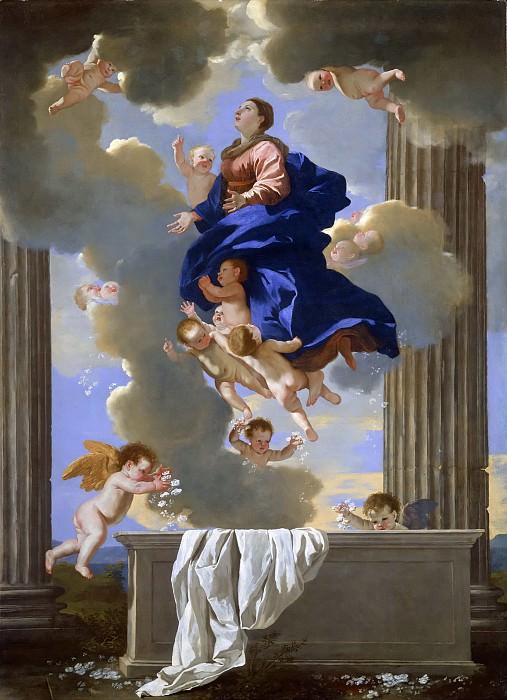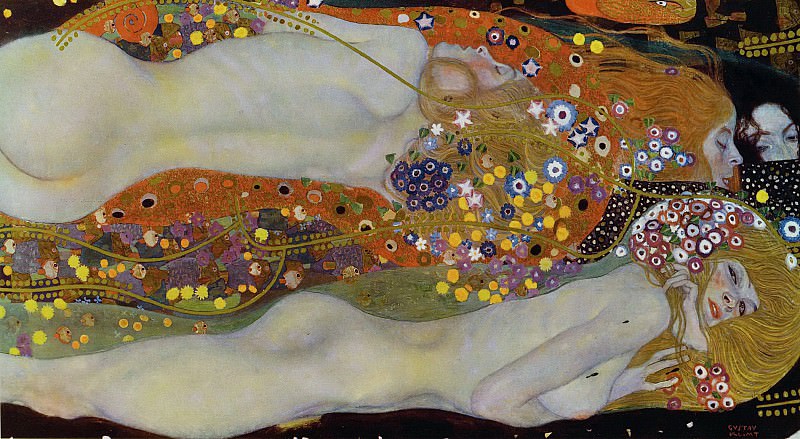Tom Wesselmann: Exploring the Bold Vision of an American Icon
Tom Wesselmann (1931–2004) was a pivotal figure in the American art scene, known for his contributions to the Pop Art movement. His work, marked by its vibrant colors and provocative imagery, challenges traditional notions of beauty and art. As an artist whose career spanned over five decades, Wesselmann’s oeuvre reflects a dynamic interplay between popular culture and high art, making him a compelling subject for both art enthusiasts and scholars alike.
Early Life and Influences
Tom Wesselmann was born in Cincinnati, Ohio, and his early experiences would profoundly influence his artistic trajectory. His initial education in commercial art at the University of Cincinnati was instrumental in shaping his visual language. After serving in the U.S. Army during the Korean War, Wesselmann pursued further studies at the Art Academy of Cincinnati. These formative years were marked by his growing interest in the intersections of art, design, and popular culture, laying the groundwork for his future innovations.
Upon moving to New York City in the 1960s, Wesselmann immersed himself in the vibrant art scene that defined the era. He encountered the works of leading figures in the Pop Art movement, including Andy Warhol and Roy Lichtenstein. These encounters, coupled with his own experiences, catalyzed his development of a distinctive style that would come to define his career.
The Development of a Unique Style
Tom Wesselmann’s art is characterized by its bold use of color, graphic design elements, and an embrace of commercial and everyday imagery. His approach was revolutionary in its fusion of fine art with aspects of consumer culture. One of the hallmarks of Wesselmann’s work is his focus on the female form, which he portrayed with a combination of abstraction and realism. His famous “Great American Nude” series, for instance, reimagines the female body as both an object of desire and a symbol of American consumerism. These works are notable for their stark contrasts, flat planes of color, and incorporation of everyday objects, reflecting Wesselmann’s belief in the integration of art into daily life.
The artist's use of collage techniques further distinguished his work from that of his contemporaries. By incorporating elements from magazines, advertisements, and other mass-produced media, Wesselmann created a dialogue between high art and commercial culture. His assemblages often featured cutouts and painted elements that combined to create visually striking compositions, challenging viewers to reconsider their perceptions of art and consumerism.
Major Works and Series
Among Wesselmann’s most celebrated works are his series of paintings and sculptures that explore themes of beauty, sexuality, and identity. The “Great American Nude” series, which began in the early 1960s, remains one of his most iconic contributions to contemporary art. These works feature women rendered in a manner that is both seductive and ironic, highlighting the tension between the idealized female form and the realities of consumer culture.
Another significant body of work is the “Bedroom Paintings” series, which depicts intimate, private spaces with a focus on sensuality and domesticity. These paintings often incorporate elements from popular culture, such as household items and advertisements, further blurring the lines between high art and commercial imagery. The “Still Life” series also stands out, as it reinterprets traditional still-life themes through a modern lens, combining bold colors and graphic forms to create dynamic compositions.
Wesselmann’s exploration of the human figure extended into sculpture as well, with his three-dimensional works reflecting his interest in materiality and form. His sculptures often replicate the flat, graphic quality of his paintings, creating a sense of continuity between his two-dimensional and three-dimensional works. These sculptures, along with his painted works, demonstrate Wesselmann’s commitment to pushing the boundaries of traditional art forms.
Legacy and Impact
Tom Wesselmann’s influence on contemporary art cannot be overstated. His work played a crucial role in shaping the direction of the Pop Art movement, and his innovative approach continues to inspire artists and collectors around the world. Wesselmann’s art challenges conventional notions of beauty and representation, offering a fresh perspective on the role of art in society.
The artist’s ability to blend high art with elements of popular culture paved the way for future generations of artists who seek to explore the intersections of art, commerce, and daily life. Wesselmann’s work remains a testament to the power of art to reflect and critique contemporary culture, and his legacy endures through the continued appreciation and study of his contributions to the art world.
In summary, Tom Wesselmann’s art represents a bold and influential chapter in the history of American art. His distinctive style, characterized by its vibrant colors, graphic design, and incorporation of popular imagery, offers a compelling exploration of themes related to beauty, identity, and consumer culture. As a key figure in the Pop Art movement, Wesselmann’s work continues to captivate and provoke thought, ensuring his place as a significant and enduring figure in the art world.
















